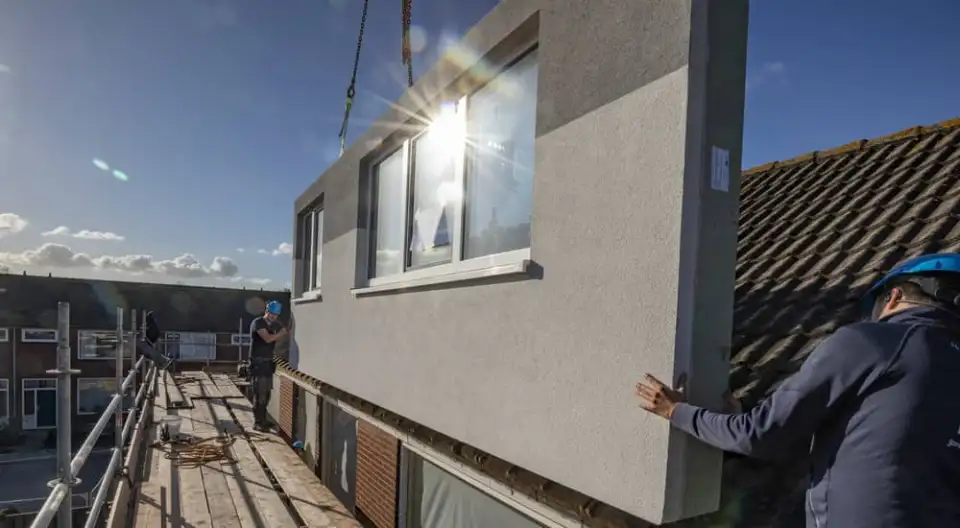
A deep energy retrofit need not be complicated. Rather, the building project requires planning and patience. A wave of retrofits at scale is indispensable for the building sector to effectively contribute to climate protection. This is precisely what the European Union is focusing on: the outPHit project aims to simplify retrofits and to reliably implement highly energy efficient buildings. 17 model projects throughout Europe are ready to be retrofitted.
The partners of the outPHit project funded by the European Union (EU) are pursuing two main objectives: conventional retrofits will be carried out more efficiently, and serial retrofits will be improved by means of prefabricated building components with a wide dissemination of their benefit. In both cases, the outPHit project aims at reliably implementing a high level of energy efficiency. There is a huge demand for large scale retrofitting. Taking Germany as an example: its 21 million buildings are dedicating around 75 percent of their total energy consumption just to space heating, according to the German Energy Agency DENA. This also applies to other European countries. At the same time, the EU requires that so called ‘nearly zero energy buildings’ (NZEB) should be implemented at scale by 2030. For energy-related improvements, time is running out.
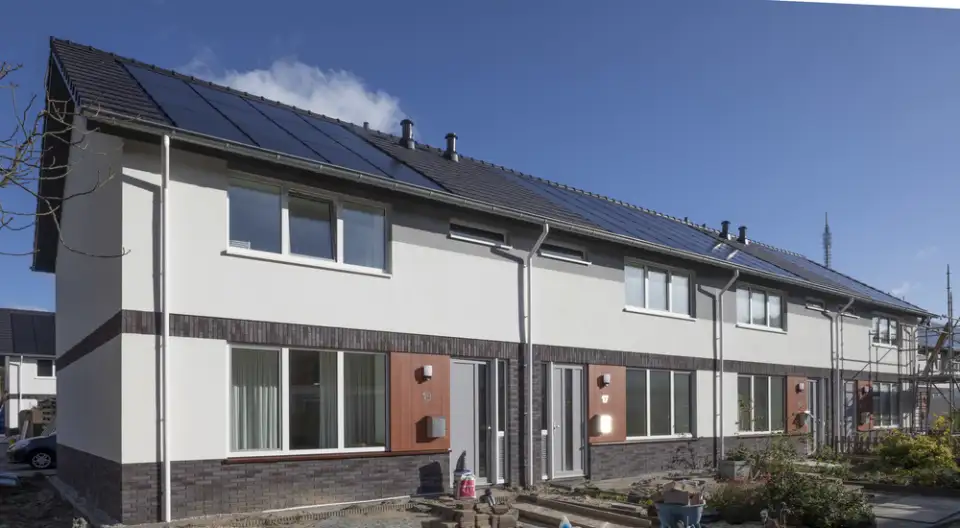
17 Model Projects
"With outPHit we have the opportunity to further develop concepts for fast retrofits using prefabricated elements, in a range of different climates. Retrofits resulting in highly energy efficient buildings can then be carried out quickly at scale throughout Europe using these concepts", explains Jan Steiger, project coordinator for outPHit at the Passive House Institute. Within the framework of outPHit, 17 model projects in six European countries were selected for undergoing deep energy retrofits using Passive House components. Monitoring will be carried out additionally.
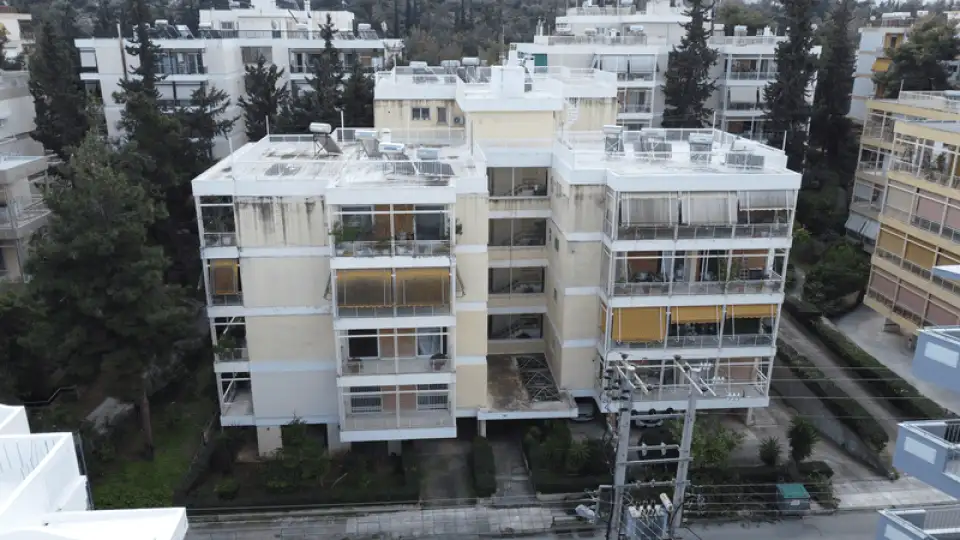

Reliably Achieving the EnerPHit Standard
Most of the selected buildings in the Netherlands, Greece, France, Spain, Austria and Germany are apartment buildings. After the retrofits, these will require very little energy for heating and cooling. For this purpose, the building retrofits using Passive House components are aiming to achieve the EnerPHit standard. The EnerPHit standard is the Passive House standard for retrofits of existing buildings and it allows a slightly higher energy consumption than for new build Passive House buildings. Like these, EnerPHit buildings also offer a high standard of comfort and a healthy home environment.
Prefabricated!
For the serial retrofits, construction processes will be digitalized and complex building components will be delivered to the construction site prefabricated. According to the project participants, bringing all the experts together is integral for achieving a fast workflow and for ensuring the quality of the retrofit. This saves construction time and costs and is an important aspect for housing associations, as many buildings are retrofitted while residents remain in their homes. In turn, the residents can look forward to low running costs, as well as significantly improved comfort. Furthermore, with the installation of solar panels, the buildings will generate renewable energy. All this will be achieved within a few weeks.
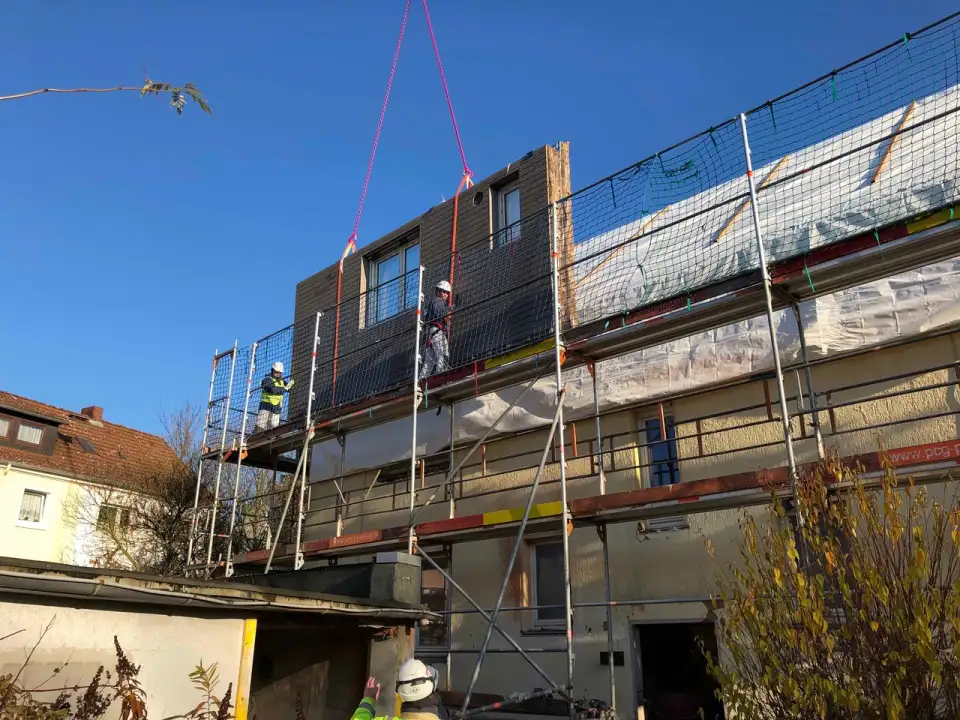
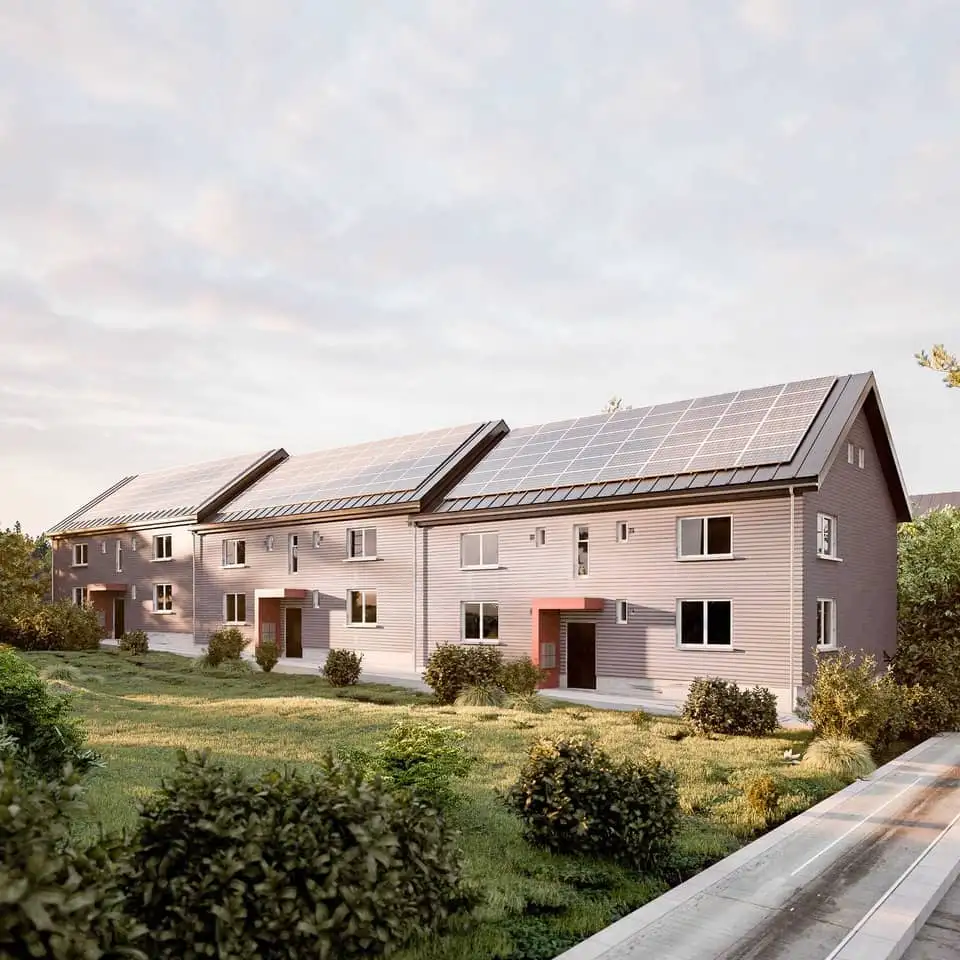
20 Minutes
Pilot projects, such as the retrofit of 194 terrace houses in the Zeeland province of the Netherlands, and three residential buildings in the city of Hameln, Germany, very practically demonstrate the advantages of serial retrofits. Prefabricated elements were used to retrofit the buildings. According to architect Stefan Oehler, in Hameln it took just 20 minutes to install a large insulation element for the façade. These residential buildings have now achieved the desired EnerPHit standard. The 17 model projects selected from across Europe will also be retrofitted to the EnerPHit standard using either prefabricated elements or conventional methods that are well-conceived.
Conventional Retrofits
For conventional retrofits, outPHit emphasizes establishing more efficient processes. All project participants shall be brought together to save time and money of those willing to retrofit their buildings. Experts provide them with reliable information to be able to make informed decisions regarding the retrofitting steps and investment. In addition, experts also offer advisory sessions for industry professionals, such as design and construction companies.
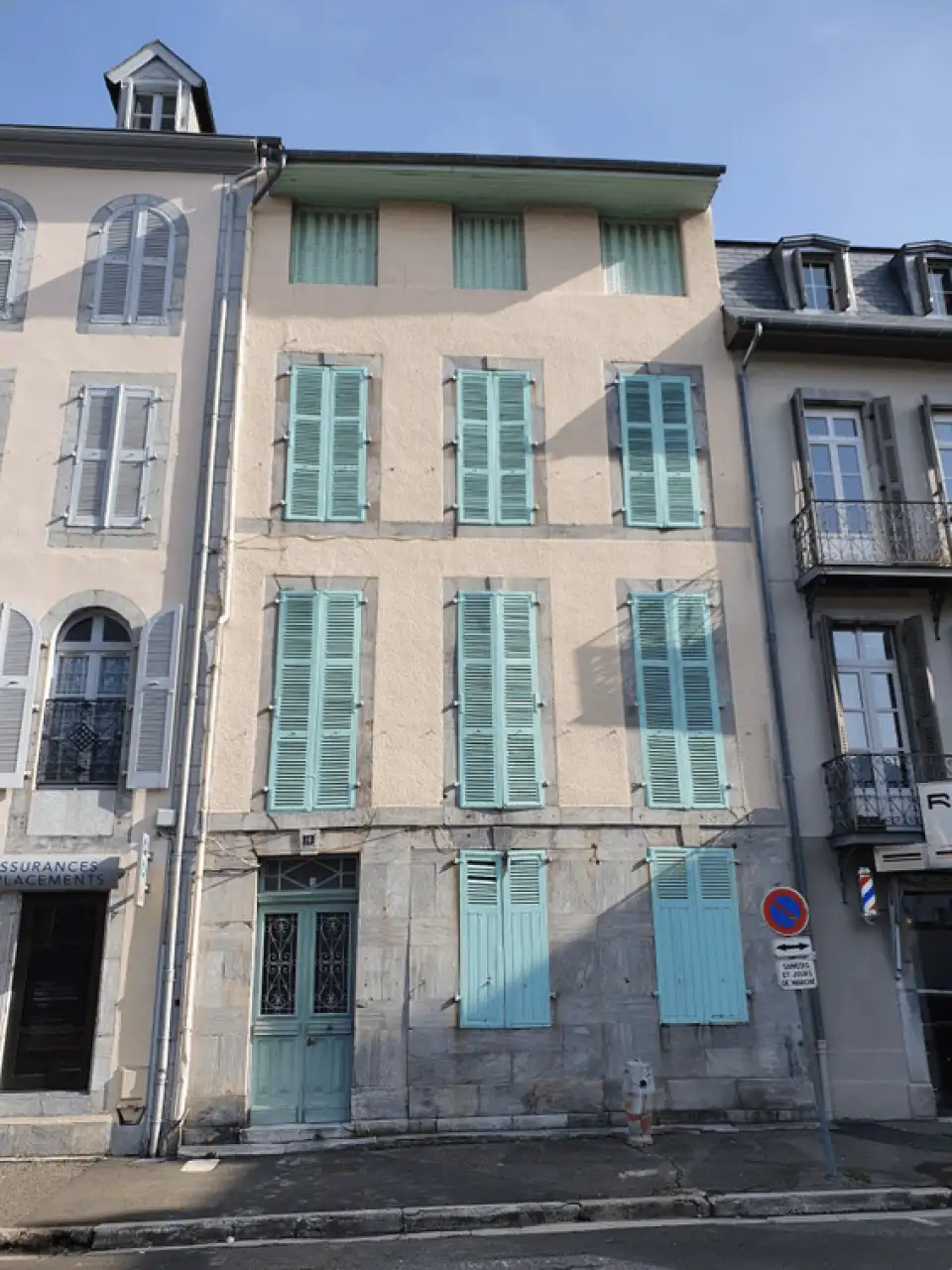
Attractive Approach
Within the framework of outPHit, each of the 17 model projects will be monitored for energy consumption, thermal comfort and air quality before and after the retrofit. The 14 residential buildings, with more than 200 housing units, as well as the three non-residential buildings will be renovated over a period of three years in accordance with the EnerPHit concept. "We need attractive approaches to retrofit our building stock to a high standard of energy efficiency within the time that remains. outPHit offers exactly this approach. With this, we will be able to make good progress with regard to climate protection in the building sector," explains project coordinator Jan Steiger. Information about the project can be found at www.outphit.eu.
Cover image © Bouwbedrijf Joziasse